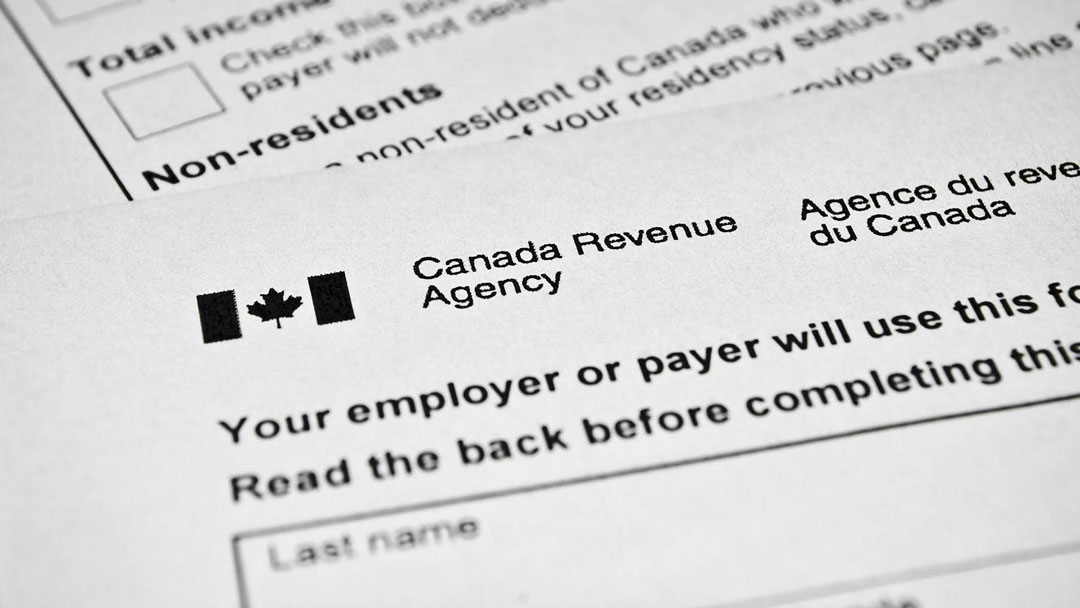
Notice of Assessment, Notice of Reassessment, Request for Information and Audit.
If you’ve just opened your mailbox and have a notification from the Canada Revenue Agency’s MyAccount, don’t be intimidated. Here’s what you need to know about the different types of the paperwork sent by the CRA.
Notice of Assessment
When CRA processes your tax return, they issue a statement that outlines key line numbers and amounts and other important info. This statement is called a Notice of Assessment (NOA). If you filed your return electronically via NETFILE, you could expect to receive your NOA in about two weeks. If you paper-filed your return, expect your NOA in about 8 weeks.
Along with those line numbers and amounts, your NOA also contains the info you’ll need to know in future years. Unused amounts for losses, tuition, etc., are listed on your NOA along with your RRSP contribution limit and future repayments due for the Home Buyers Plan and Lifelong Learning Plan. If you’re a CRA MyAccount holder, these amounts can also be found in the online portal.
Suppose you discover an error on your Notice of Assessment; no need to worry. You can submit an adjustment request to have the error fixed. For example, if you realized after you filed your return that you forgot to include your childcare expenses, an adjustment request is the way to go.
The Notice of Assessment also carries along with it a critical deadline. If you disagree with the information on your Notice of Assessment, you have 90 days from the date it’s issued to appeal the information with the CRA. This is important because if you expected a refund, but the NOA indicates that you owe the CRA money and you do not appeal it within the 90-days provided, then the CRA can, on day 91, for example, take the money from you.
Notice of Reassessment
If changes are made to your original tax return (either by you via an adjustment or by CRA), the updated figures appear on a Notice of Reassessment. Similar to a NOA, a Notice of Reassessment includes certain line numbers and amounts but, this time, the changes that have been made are highlighted.
If you notice an error on your Notice of Reassessment, contact CRA directly. You may be able to add information by way of an adjustment and have the error remedied.
The 90-day limitation window also applies.
Request for Information
Commonly mistaken for an audit, a Request for Information from the CRA is exactly what the name implies. The agency would like to see proof of something that appeared on your return. Common information requests are for tuition receipts, medical expenses, and home office expense claims.
Respond to the request promptly. If you’re a CRA MyAccount holder, submitting your scanned receipts is easy via the online portal. If you haven’t registered for a CRA MyAccount, submit your receipts to CRA either by mail or by fax to the person who has requested the information. Make sure to keep copies of your files, and it’s always wise to let the person at the CRA know that you have sent the documents. An open dialogue with someone who has the ability to deny your claims can only be positive.
Audit
It is not common for a Taxpayer to be audited immediately upon filing your tax return unless something is going on which has been a pattern or if the information on the return is obviously far from accurate. Regardless, the first step is to respond to the request. Ignoring the request won’t make it go away. In fact, if you do not make attempts to contact the auditor, they will likely deny your claim, assess you a balance outstanding and send you to Collections to collect that balance. At that point, getting in touch with the auditor can be very difficult.
To learn more about the audit process, check out CRA’s webpage about what you should know about audits.
References & Resources
Canada Revenue Agency: Review of your tax return by the CRA
Related Articles
Source: Intuit Canada
Newsletters
No Results Found
The page you requested could not be found. Try refining your search, or use the navigation above to locate the post.
Events & Sponsorship
No Results Found
The page you requested could not be found. Try refining your search, or use the navigation above to locate the post.
Articles & Publications
Canada Emergency Rent Subsidy (CERS)
Canada Emergency Rent Subsidy (CERS) Canadian businesses, non-profit organizations, or charities who have seen a drop in revenue due to the COVID-19 pandemic may be eligible for the Canada Emergency Rent Subsidy (CERS) to cover part of their commercial rent or...
Hiring outlook improves for 2021
Hiring outlook improves for 2021 One-third of employers reporting labour shortages, up from one-quarter: Survey Employers’ hiring intentions for 2021 have improved compared with earlier in 2020, according to a survey from the Bank of Canada. The percentage of...
Tax Brackets Canada 2021
Federal Tax Bracket Rates for 2021 The following are the federal tax rates for 2021 according to the Canada Revenue Agency (CRA): 15% on the first $49,020 of taxable income, and 20.5% on the portion of taxable income over $49,020 up to $98,040 and 26% on the portion...
RRSP Contribution Limits: How Much Can You Deposit?
RRSP Contribution Limits: How Much Can You Deposit? Contributions to registered retirement savings plans (RRSPs) reduce the amount of income tax you pay, but there are limits on how much you can deposit each year. Registered retirement savings plans (RRSPs) encourage...
Home Office Expenses: New Deduction Methods
Home Office Expenses – New Deduction Methods New Simplified Deduction Methods, New Taxable Benefit Exception, and Employer Obligations On November 30, 2020, Deputy Prime Minister and Minister of Finance Chrystia Freeland released Supporting Canadians and...